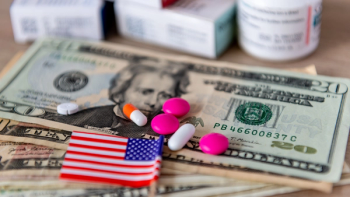
Global Biosimilars Market to Soar to $24 Billion by 2019
New research from Frost & Sullivan reveals that the global biosimilars market earned revenue of about $1.2 billion in 2013 and could reach $24 billion in 2019.
New
The imminent entry of several companies, including Big Pharma, small biotech and generic participants, into the global biosimilars space will propel the market towards exponential growth, the report states. Already, Indian groups such as Dr. Reddy’s Laboratories, Biocon and Reliance Life Sciences are making a concerted effort to enter the European market; although they have not yet penetrated it due to the stringent regulatory pathway, new product launches are expected in the mid-term.
Biosimilar markets in countries such as the U.S. and Japan are also expected to grow exponentially with more clarity on the regulatory pathway, according to the report.
Untapped U.S. markets with a strong biosimilars pipeline as well as markets in Asia-Pacific and Latin America with a low cost of manufacturing will afford key growth opportunities.
“On one hand, the market is powering ahead regarding the strength of participants’ global expansion strategies, and, on the other, it is still beset by traditional patent-infringement issues,” said Frost & Sullivan Healthcare Senior Research Analyst K. Srinivas Sashidhar. “Moreover, the strategies adopted by innovator companies need to be taken into account. For instance, Johnson & Johnson has extended the European patent life of its innovator drug Remicade until February 2015, thereby delaying the launch of Hospira’s biosimilar monoclonal antibody (mAb) Inflectra and Celltrion’s biosimilar mAb Remsima.”
To further reduce the time to market, companies should also explore opportunities in mergers and acquisitions and alliances with companies having expertise in biosimilars manufacturing and development like Teva’s alliance with Cephalon and Lupin Pharmaceuticals’ alliance with Neuclone.
“In addition to mAbs, follitropins, interferons and low molecular weight heparins are likely to emerge in the long run,” added Sashidhar. “However, some companies may focus on specific therapeutic classes depending on their capabilities and strategic fit.”
For more information, visit
Newsletter
Lead with insight with the Pharmaceutical Executive newsletter, featuring strategic analysis, leadership trends, and market intelligence for biopharma decision-makers.



